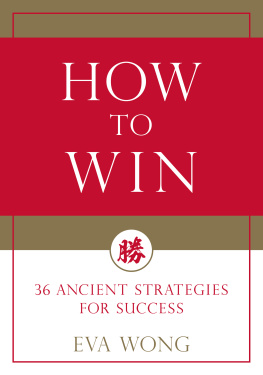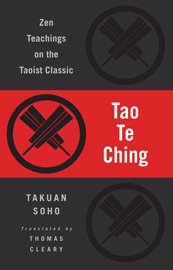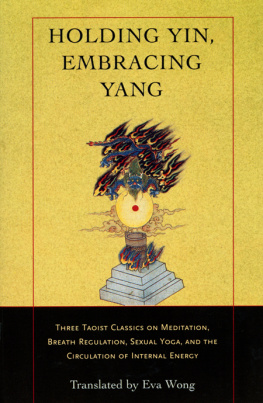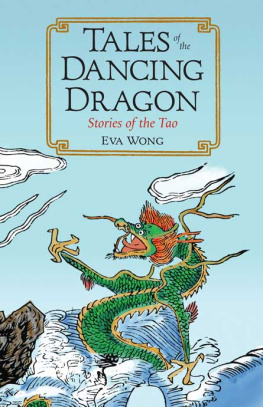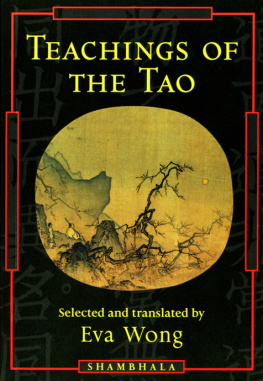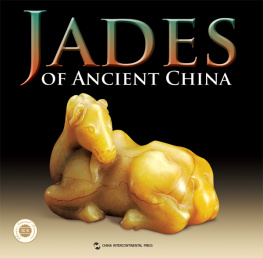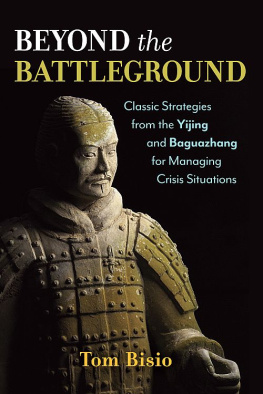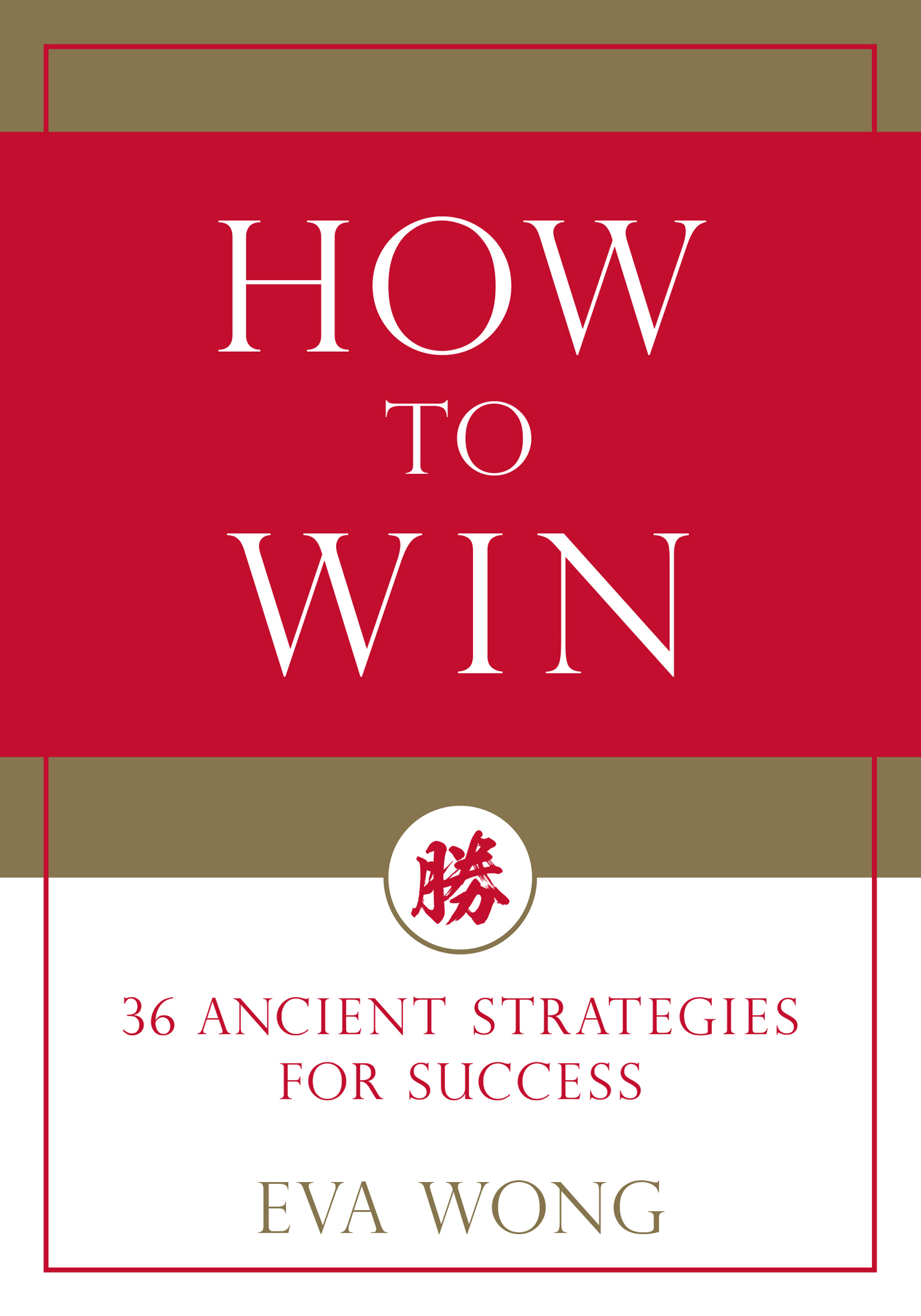Contents
Landmarks
Print Page List
BOOKS BY EVA WONG
Being Taoist
Cultivating Stillness
Cultivating the Energy of Life
Feng-shui
Harmonizing Yin and Yang
Holding Yin, Embracing Yang
Lieh-tzu
A Master Course in Feng-shui
Nourishing the Essence of Life
Seven Taoist Masters
Tales of the Dancing Dragon
Tales of the Taoist Immortals
The Tao of Health, Longevity, and Immortality
Taoism: An Essential Guide
Teachings of the Tao
Shambhala Publications, Inc.
4720 Walnut Street
Boulder, Colorado 80301
www.shambhala.com
2020 by Eva Wong
Cover art: Tang Yan Song / Shutterstock
Cover design: Open Heart Designs
Interior design: Steve Dyer
All rights reserved. No part of this book may be reproduced in any form or by any means, electronic or mechanical, including photocopying, recording, or by any information storage and retrieval system, without permission in writing from the publisher.
Library of Congress Cataloging-in-Publication Data
Names: Wong, Eva, author.
Title: How to win: thirty-six ancient strategies for success / Eva Wong.
Other titles: Thirty-six ancient strategies for success
Description: First edition. | Boulder, Colorado: Shambhala, [2020]
Identifiers: LCCN 2019039631 | ISBN 9781611808278 (trade paperback)
eISBN 9780834842908
Subjects: LCSH : Military art and scienceChinaEarly works to 1800. | Strategy. | San shi liu ji.
Classification: LCC U101 .W76 2020 | DDC 355.02dc23
LC record available at https://lccn.loc.gov/2019039631
a_prh_5.5.0_c0_r0
a
Contents
The Thirty-Six Strategies
Introduction
T HE T HIRTY -S IX S TRATEGIES IS A COLLECTION OF ADVICE encoded in sayings steeped in Chinese history and culture. It is not known when this collection was brought together as a book. The strategies make specific references to events in the Spring and Autumn period (770476 B.C.E. ), the Warring States period (475221 B.C.E. ), the Han dynasty (206 B.C.E. 219 C.E. ), and the period of the Three Kingdoms (220265 C.E. ). Some strategies were attributed to Sunzi (Sun Tzu) and his grandson Sun Bin, some to Zhuge Liang, and others to lesser-known military advisors. We only know that all the references date no later than the Tang dynasty (618906 C.E. ).
In Chinese military philosophy and political theory, the thirty-six strategies are considered yin or shadow in nature, meaning that they operate best in darkness and concealment. Desperate times call for desperate measures, and since the thirty-six strategies arose in times of war and conflict, it is inevitable that they were used to win wars, triumph over opponents, take advantage of situations, and survive when defeat is imminent.
T HE T HREE C ATEGORIES OF S TRATEGIES
There are three categories of strategiesproactive, reactive, and desperate.
Proactive Strategies
Proactive strategies are preventative measures, and they are the preferred strategies. This echoes Sunzis statement: The best way to win a war is not to have one in the first place. A proactive strategy is designed to take care of situations before they turn problematic. It is a long-range strategy, requiring long-term planning and a visionary outlook. Projection into the future is the key, and projection requires prediction and analysis of the trends of causes, conditions, and effects. In planning proactive strategies, we need to construct what-if scenarios and develop plans of execution for each scenario.
Proactive strategies are sometimes called guided-system strategies. This means that while they tend to be low-risk in nature and are easy to change during implementation, they require continuous monitoring of conditions. The success of this type of strategy is based on our ability to use negative feedback to modify the strategy as situations change. This means that we need to be in a state of preparedness, ready to act when conditions call for action.
Proactive strategies are driven by sequences of events that project from the present to the future. When circumstances change, so does the strategy. No strategy is static. It is the constant evaluation of changing situations and modification of strategy that makes a proactive strategy effective.
Finally, although proactive strategies are designed to prevent emergencies from happening, we need to be prepared to turn a proactive strategy into a reactive strategy when circumstances transform long-term concerns into immediate issues. Operations often do not go as planned, and we must be able to adapt to changing situations.
When used in military, political, and commercial campaigns, proactive strategies call for detailed reconnaissance of situations, early occupation of advantageous positions, and sufficient time to find and fill loopholes. When the opponent arrives, you are prepared to act first, subdue them fast, and not be bogged down in a long struggle.
Proactive strategies are characterized by a long period of planning followed by fast execution.
Reactive Strategies
When proactive strategies fail or are not viable, we turn to reactive strategies. Reactive strategies call for immediate action and are event driven. There is little time for planning. We must respond to the situation we are in and use resources that are available to us at that moment. The fast implementation of reactive strategies means that we do not have the advantage of taking up advantageous positions to anticipate the opponents move. In this situation, your opponents actions dictate what you do.
Reactive strategies are sometimes called ballistic system strategies. A ballistic system does not have the negative feedback that would impact a projectile as it moves toward its target. Like a bullet fired, there is little chance to modify this strategy once it is put into action. Fast implementation requires full commitment at short notice.
The risk level for reactive strategies is medium. While we do not have the luxury to respond using slow continuous feedback, we can still choose how to respond and what to respond to. For example, if multiple threats are imminent, it is possible to prioritize our response to threats that are most pressing.
Be prepared to turn a reactive strategy into a proactive strategy when the situation improves. When successful reactions neutralize a dangerous situation or if the opponent is pacified, a reactive plan of action should be transformed into proactive measures. However, also be prepared to adopt a desperate strategy when a reactive strategy fails.
When used in military, political, and commercial campaigns reactive strategies call for quick decisions, mobile deployment of human and material resources, and acute evaluation of threat factors.
Reactive strategies are characterized by a short period of planning followed by fast execution.
Desperate Strategies
Desperate strategies are used in life-or-death situations, when all other options are exhausted. They are extreme measures that, once implemented, should be followed through at all cost.
While there is little room for deliberation and modification, this type of strategy requires intricate planning. Desperate strategies are called desperate because they are implemented in dire situations when no other choices are available; they are not desperate in the sense that they are reckless.

